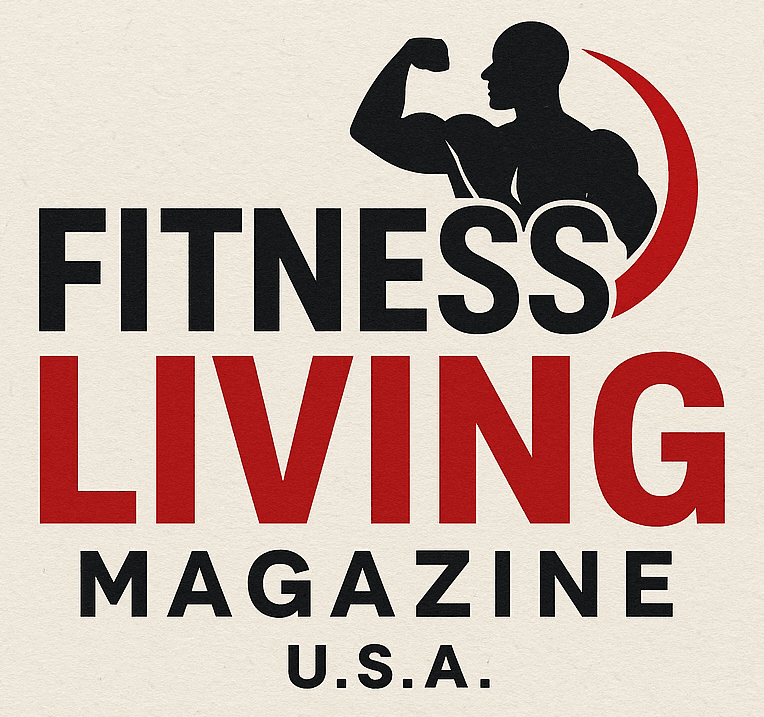
The Power of Isometric Holds: Transform Your Workout
When it comes to enhancing physical fitness, the term 'isometric' may not often grace the headlines, but is it time to change that? In the recent video titled These 5 Isometric Holds Will CHANGE Your Entire BODY NOW, we explore the profound impacts of holding still for optimal strength. From the reverse plank to the dead hang, these exercises not only demand no equipment but also cultivate raw strength and control that is essential for fitness enthusiasts and trainers alike.
In These 5 Isometric Holds Will CHANGE Your Entire BODY NOW, the discussion dives into the benefits of isometric exercises, exploring key insights that sparked deeper analysis on our end.
Benefits of the Reverse Plank: Unlocking Postural Strength
The reverse plank hold is often overshadowed by its more popular counterparts. Yet, this deceptively simple position engages your entire body and challenges your posterior chain—an area frequently neglected in typical routines. As described in the video, this exercise is integral for counteracting the hunch of daily life, particularly for those who spend hours seated at desks. By incorporating this hold into workouts, trainers can promote better posture and strengthened glutes. Aiming for sets lasting 20 to 30 seconds and gradually building time will help individuals rediscover stability and strength in their upper bodies.
Wall Sit: More Than Meets The Eye
When fitness trainers introduce the wall sit to clients, initial reactions may lean towards underestimating its effectiveness. However, once you've settled into a proper wall sit, the burning in your quads and glutes is unmistakable. This hold instills endurance in lower body muscles critical for sustaining mobility and preventing injuries over time. Trainers can encourage their clients to maintain this position until the burn becomes difficult to bear, thereby creating lasting resilience in their foundational strength.
Hollow Body Hold: Core Strength Redefined
Core strength often transcends aesthetic goals; it plays a pivotal role in overall movement efficiency and stability. The hollow body hold, taught in the referenced video, provides an excellent method for maximizing core engagement. It demands precision, requiring individuals to keep their entire body taut and aligned—something that is crucial for preventing injuries especially when transitioning to more dynamic athletic endeavors. As clients work their way from bent knees to fully extended positions, they develop the necessary muscle control that mirrors the demands of various sports.
Wall Plank: A Joint-Friendly Alternative
The wall plank introduces another layer of accessibility. For those facing limitations due to wrist pain or lower back issues, this modified variation proves beneficial. It allows individuals to engage their core while reducing strain—a crucial consideration in a world increasingly prone to injuries resulting from improper body mechanics. This element could be a game-changer in your training regime, allowing participants to develop strength without compounding existing problems. As trainers, promoting this alternative can lower barriers for many clients.
The Unsung Hero: The Dead Hang
The dead hang is an often-overlooked movement that opens the shoulders and decompresses the spine. It should be a staple in every trainer's toolkit—especially for clients who experience tightness from prolonged sitting. The simplicity of this exercise belies its effectiveness; individuals will often notice immediate relief from stiffness and an enhancement in mobility. Encouraging a focus on deep breathing while in position can amplify relaxation and improve overall results.
Consistency is Key: Building Strength Over Time
Every one of these isometric holds may initially seem straightforward, yet achieving mastery requires commitment and consistency. As noted in the video, performing these movements regularly—ideally two to three times per week—creates a solid foundation for reversing muscle weakness and joint stiffness. Fitness trainers should encourage their clients to gradually push their limits for optimal improvements.
Isometric exercises, such as those featured in the video, present a fantastic opportunity for gym owners and trainers to diversify their workout offerings. By integrating these movements into fitness classes or personal training sessions, they can address the often-neglected areas of posture, flexibility, and strength. With these tools, trainers will not only help improve their clients’ physical capabilities but also enhance their overall quality of life. Start implementing isometric holds today and watch as you or your clients transform their workout routines for lasting effectiveness.
 Add Row
Add Row  Add
Add 



Write A Comment